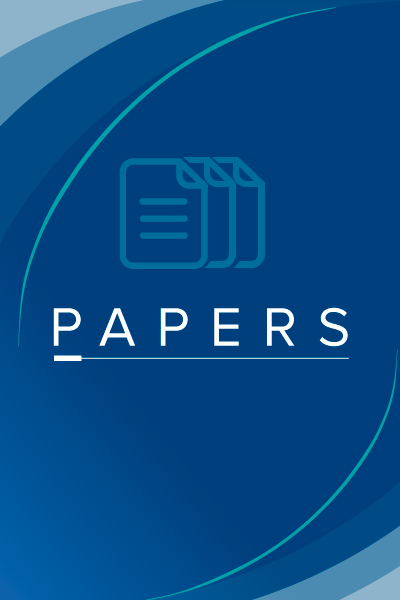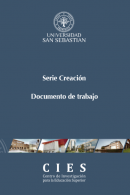
Basolateral sorting of chloride channel 2 is mediated by interactions between a dileucine motif and the clathrin adaptor AP-1
| PROCEDENCIA(S): | Ciencia y Medicina. |
|---|---|
| CATEGORÍA(S): | Biología Celular, Endocrinología y Metabolismo, Ingeniería y Tecnología, Otras Ciencias Médicas. |
| AUTOR(ES): | Erwin de la Fuente-Ortega / Diego Gravotta / Andres Perez Bay / Ignacio Benedicto / Jose Maria Carvajal-Gonzalez /Guillermo Lehmann / Carlos F. Lagos / Enrique Rodríguez-Boulan. |
| TIPO DE MATERIAL: | Artículos. |
| ARCHIVO: |
 Reconocimiento CC BY. Esta obra está bajo una Licencia Creative Commons Reconocimiento CC BY 4.0 Internacional.
Reconocimiento CC BY. Esta obra está bajo una Licencia Creative Commons Reconocimiento CC BY 4.0 Internacional.
In spite of the many key cellular functions of chloride channels, the mechanisms that mediate their subcellular localization are largely unknown. ClC-2 is a ubiquitous chloride channel usually localized to the basolateral domain of epithelia that regulates cell volume, ion transport, and acid-base balance; mice knocked out for ClC-2 are blind and sterile. Previous work suggested that CLC-2 is sorted basolaterally by TIFS(812)LL, a dileucine motif in CLC-2’s C-terminal domain. However, our in silico modeling of ClC-2 suggested that this motif was buried within the channel’s dimerization interface and identified two cytoplasmically exposed dileucine motifs, ESMI(623)LL and QVVA(635)LL, as candidate sorting signals. Alanine mutagenesis and trafficking assays support a scenario in which ESMI(623)LL acts as the authentic basolateral signal of ClC-2. Silencing experiments and yeast three-hybrid assays demonstrated that both ubiquitous (AP-1A) and epithelium-specific (AP-1B) forms of the tetrameric clathrin adaptor AP-1 are capable of carrying out basolateral sorting of ClC-2 through interactions of ESMI(623)LL with a highly conserved pocket in their γ1-σ1A hemicomplex.



